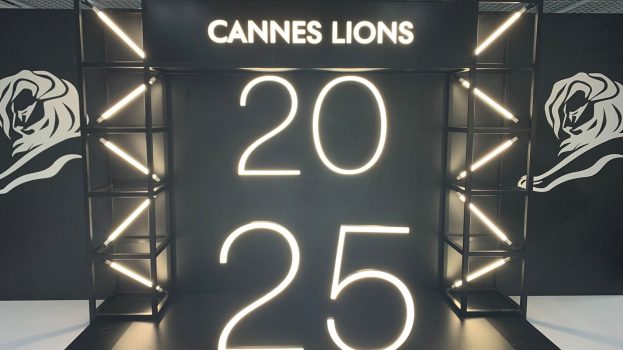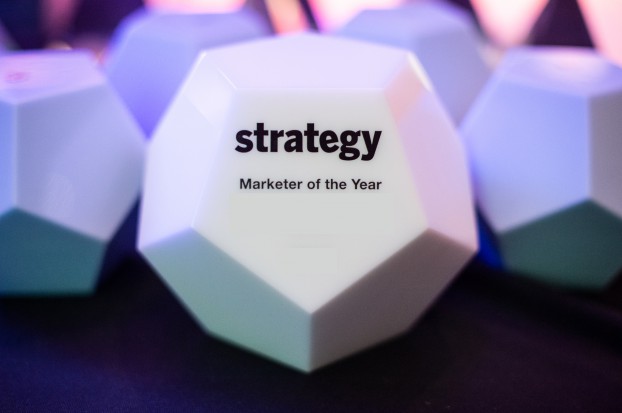Yeah, but what’s in it for me?
That’s the question Canadians inevitably ask when introduced to the concept of stored-value smart cards.
So says Leo Slocombe, executive vice-president of e-Force, the smart technology arm of Toronto-based Mosaic Group. And financial institutions had better figure this out fast if they want consumers to carry these cards in their wallets, he says.
The cards use an embedded computer chip to store cash value electronically. Two competing smart card systems – Visa Cash (a joint effort on the part of Scotiabank and Visa Canada) and Mondex (spearheaded by cibc and Royal Bank of Canada) – are currently at the testing stage in this country.
So what will it take to get Canadians to embrace smart card technology?
Slocombe, for one, says that financial institutions will have to do something that doesn’t come naturally to them: They’ll have to start putting less of a focus on what they themselves need, and pay more attention to what individuals need.
When the pilot tests were first launched in Guelph (Mondex) and Barrie, Ont. (Visa Cash), the cards didn’t really offer anything appealing to consumers other than their uniqueness, Slocombe says.
Sure, they could be used to buy a cup of coffee or pay for a parking meter – but they weren’t essential to doing these things.
Debit cards, by contrast, answer a real need – as anyone who’s ever stood in line at a grocery store only to discover themselves a couple of dollars short knows.
Slocombe says acceptance of smart cards will depend in large part on smart marketing.
People need to be reminded time and again where and how to use their cards, he says. Multi-functionality – that is, the capacity to make debit and credit card purchases with the same card – will also go a long way toward encouraging use.
The best way to promote acceptance, however, is through loyalty programs, he says. Indeed, Scotiabank and Visa Canada recently added a loyalty component to their Visa Cash test in Barrie.
Marlene Boyanen, vice-president of smart cards at cibc, agrees that aggressive marketing – and strong loyalty-building efforts, in particular – will be necessary to push the cards into the pockets of more consumers.
In fact, the second stage of the Mondex pilot, which Royal Bank and Caisse Desjardins plan to run in Sherbrooke, Que., will include a loyalty element.
As Boyanen points out, Canadians are avid debit card users: The country boasts the highest per capita volume of debit transactions anywhere in the world.
That presents something of a conundrum. On the one hand, it indicates that Canadians adapt readily to new technology. But it also suggests that they are satisfied with the existing card technology – which means it may prove a challenge to convince them that smart cards are a better option.
Boyanen says Mondex plans to address this by including debit capabilities on the cards to be used in the Sherbrooke pilot.
One valuable lesson learned from the Guelph test of Mondex was that consumers liked the ‘home-loading’ features of the card – that is, the capacity to load cash onto a card at home using a specially adapted telephone. However, they weren’t quite so happy that the only hardware option available was the $11-a-month, top-of-the-line Vista 350 phone.
A more affordable alternative is needed, Boyanen says. Accordingly, Mondex plans to offer smart card ‘readers’ that can be attached to any ordinary household phone.
While there are a number of technological details still to be hammered out, Boyanen says that’s a minor concern compared to the marketing issues that remain to be resolved.
If, for example, the cards are to feature a credit application, then Canadian regulations may have to change to allow financial institutions to issue both Visa and MasterCard. (As it stands, institutions can offer only one.)
That, in turn, raises the issue of branding. A single smart card is capable of including many different applications, which in turn opens up a multitude of co-branding opportunities with retailers and others.
But how many logos can fit on a small, plastic card? And who determines which companies are to be represented on that card? Financial institutions, naturally, would prefer to be the ones making the choices – but consumers may well feel differently. Would you like your bank telling you where you can shop?
Then there’s the question of privacy. Canadians may balk at the idea of financial institutions knowing exactly where they shop.
Boyanen says that firewalls can be set up to ensure consumer privacy. But again, it’s incumbent upon financial institutions to make sure that consumers know those firewalls are in place.
Slocombe, for his part, says that consumers can only benefit from marketers’ knowledge of their shopping habits. The prevalence of travel loyalty programs he, notes, is an indication that Canadians are willing to give up a little privacy, if they’re promised something in return.
‘Marketers are not stupid,’ he says. ‘They’re not going to abuse the consumer.’
Also in this report:
– A meeting of minds: As companies embrace new forms of interactive media, marketers and IT professionals are having to learn to speak each other’s language p.25
– Intranet: useful tool or distracting gadget? The answer depends entirely on how you use it. p.27
– Multimedia displays garner attention on show floor p.29
– It’s a microwave, it’s a bank… New appliance marries e-commerce with microwave cooking. Really. p.31























